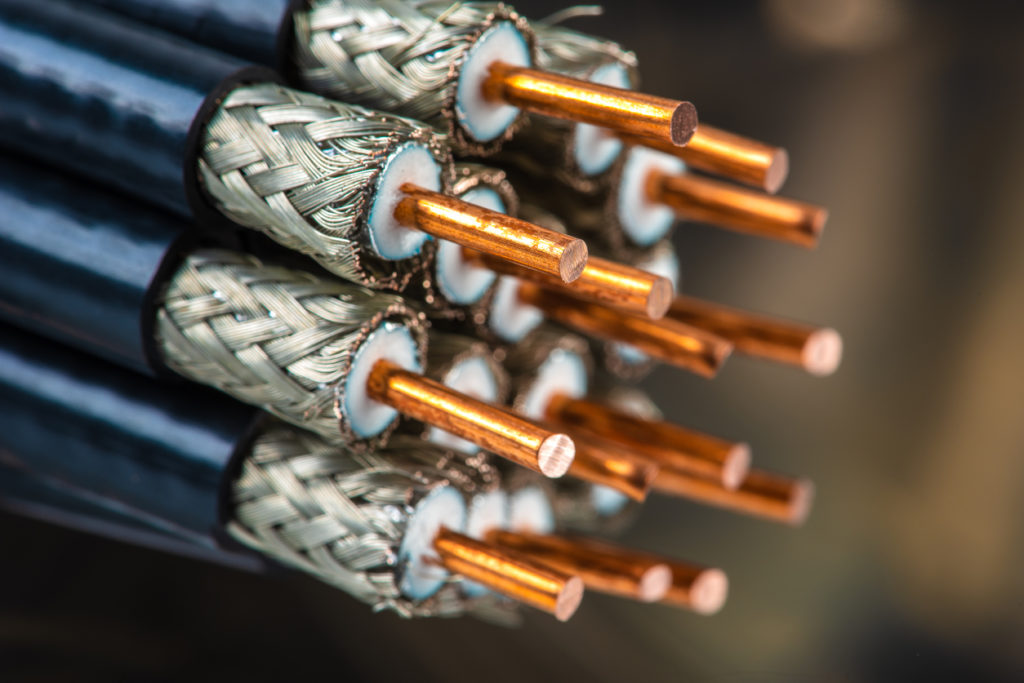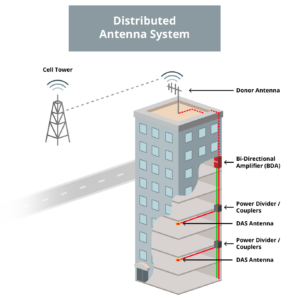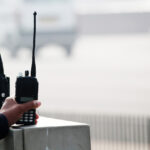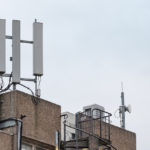Cellular repeater solutions help transmit cell signals throughout buildings that otherwise may not receive optimal coverage for mobile phones and other wireless devices. They can be designed to suit any size facility and repeat as few or as many carriers that the building owner desires, while also allowing public safety radio frequencies to reach every corner of a facility. Let’s take a look at how cellular repeater solutions work.
Components of Cellular Repeater Solutions
Donor (Roof) Antenna
The first part of a cellular repeater solution is the outdoor antenna. This is called the “donor” antenna. It is usually mounted on the roof or a side of the structure, where there is a clear line-of-sight path to the nearest radio tower. The distant site where the signal originates is also known as the “donor”. This is a two-way interface; the “downlink” is the RF (radio frequency) signal direction going into the structure. The “uplink” is the RF signal being sent back out of the structure.
BDA (Bi-Directional RF Amplifier)
A BDA is a very specialized RF amplifier which selects what frequencies are amplified in the downlink and uplink paths and increases the RF signal strength in both directions. The FCC calls these amplifiers “signal boosters”, and there are very specific federal rules on their operation that should be followed by the system designer. RF engineers configure cellular repeater solutions to ensure they are operating correctly and up to code.
The RF Distribution Network
The RF Distribution Network is a system of hardware that helps distribute radio frequencies. The most common method is to use coaxial cables. Standard (non-radiating) coaxial cables route RF signals to multiple indoor antennas placed in areas where radio operation is needed. In cellular repeater solutions, we use special devices that take a portion of the RF signal out of the main coaxial cable to feed multiple antennas. These devices may be called “taps”, “splitters”, or “decouplers”, but they all serve the same purpose.
Indoor antennas can be placed at the end of a coaxial cable or “tapped” into a coaxial cable to allow multiple antennas along the cable route. This method is called a Distributed Antenna System or “DAS”. The common 800MHz antennas are typically small and unobtrusive, some looking similar to smoke detectors. Ideally, indoor antennas will be located where they are optically visible from every location you wish to communicate from. RF signals can travel through 2″-4″ wood or drywall walls, but the signal will be weakened. In parking garages, low profile (2″ thick, 6″ diameter) antennas are sometimes glued to the lower side of overhead structural beams with construction adhesive. Locations of antennas sometimes follow the layout for video surveillance cameras, with both serving the same area.
Learn More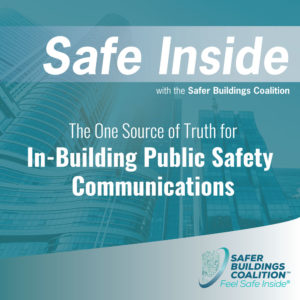
To learn more about the equipment used in distributed antenna systems (DAS) and some best practices for building safety, check out The Safe Inside Podcast, from the Safer Buildings Coalition.
Harris Communications is a proud member of the Safer Buildings Coalition!
About Harris Communications
Harris Communications is a national company based out of Charlotte, NC that specializes in wireless in-building cellular signal enhancement and wireless solutions for commercial applications. We have over 20 years of experience and have implemented wireless enhancement solutions in facilities throughout the United States. Our repeater solutions are custom-designed to suit the needs of each individual application, using FCC-licensed amplifiers. They are compatible with all public safety frequencies and all cellular service providers.
Now that you know there’s hope to improve cellular coverage in-building, it’s time to do something about it. At Harris Communications, we can solve all types of data reach problems. If you want to work with the best distributed antenna system team in the business, schedule a call with us to get the ball rolling.

